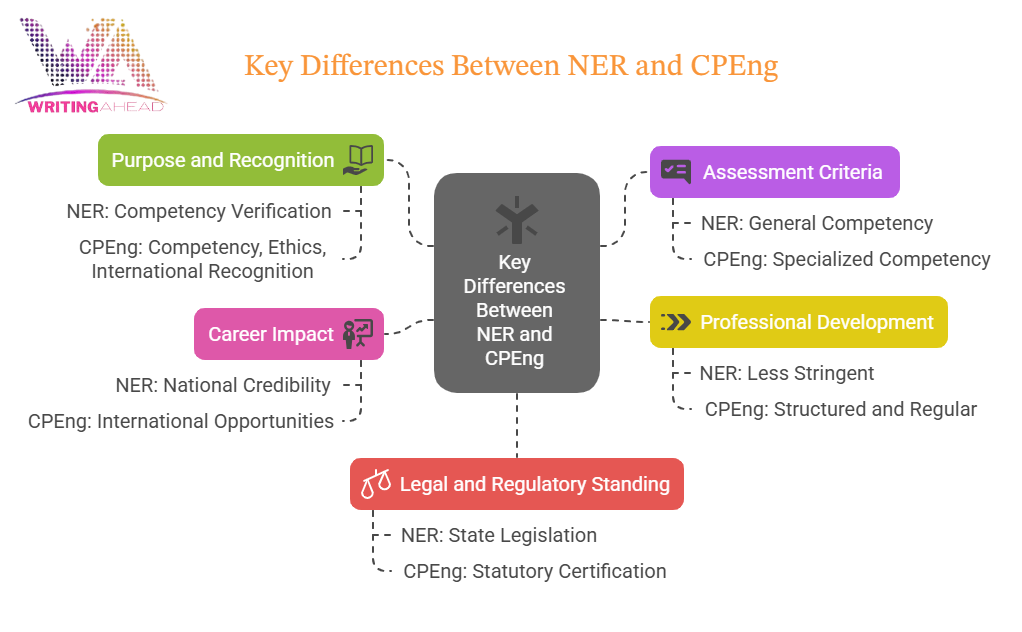Unlock Project Success with Effective Resource Allocation

Effective resource allocation is crucial for businesses navigating the complexities of modern project management. With limited assets and competing priorities, businesses must strategically distribute resources to achieve their objectives, maximize productivity, and ensure timely project delivery.
In this guide, you’ll learn the fundamentals of resource allocation, its benefits, common challenges, and actionable strategies to manage resources effectively. Whether you’re handling a small team or managing multiple projects, resource allocation is your pathway to optimizing workflows and driving results.

What Is Resource Allocation?
Resource allocation is the process of assigning available resources—such as people, budgets, tools, or time—to specific tasks or projects to meet organizational goals. It involves balancing competing demands and ensuring the optimal use of resources while minimizing waste.
In project management, resource allocation helps:
- Determine project feasibility.
- Avoid overallocation and bottlenecks.
- Achieve strategic business goals like increasing profits or improving brand recognition.
By creating an effective resource allocation strategy, project managers can ensure that tasks align with organizational priorities and maximize the return on investment.
Types of Resources in Business
Resources encompass all assets available to a business to accomplish its goals. These can include:
- Human resources: Employees, departments, or contractors with specific skill sets.
- Financial resources: Budgets, investments, or allocated funds.
- Time: Hours or days dedicated to task completion.
- Technological resources: Software, hardware, and data tools.
- Physical resources: Office spaces, equipment, and supplies.
- Knowledge resources: Expertise, training, or intellectual property.
Knowing the scope of your resources ensures that they are used efficiently and effectively.
Benefits of Resource Allocation
1. Improved Employee Recognition
Allocating resources properly helps identify and reward high-performing employees, enhancing morale and reducing burnout. It also ensures that no talent goes underutilized, maximizing the productivity of your team.
2. Enhanced Customer Service
Proper allocation ensures that skilled team members handle customer-facing tasks, improving service quality and client satisfaction. Satisfied customers are more likely to provide repeat business and positive feedback.
3. Increased Performance and Efficiency
When resources are allocated correctly, team members work within their capacity, avoiding overwork or idleness. This balance leads to higher productivity and cost savings.
4. Clear Resource Visibility
Resource allocation highlights gaps in skills or shortages in assets. By identifying these issues early, businesses can plan for recruitment or investment, avoiding disruptions.
Common Challenges in Resource Allocation
While resource allocation offers many benefits, challenges can arise:
1. Changing Project Scope
Project requirements often shift, leading to resource reallocation. Frequent changes can disrupt workflows and overburden team members.
2. Outdated Tools
Using manual methods or outdated software can cause delays and errors, as these tools lack real-time data and scheduling capabilities.
3. Resource Bottlenecks
Poor planning can lead to resource shortages or overloading key personnel, resulting in missed deadlines and reduced quality.
4. Skill Gaps
Unidentified skill gaps in your workforce can hinder project progress. Comprehensive resource planning is needed to ensure the right people are assigned to the right tasks.
5. Miscommunication
Lack of clarity in resource assignments can lead to inefficiencies, duplicated efforts, or unmet deadlines.
How to Allocate Resources Effectively
To allocate resources efficiently, follow these steps:
1. Define Project Scope and Goals
Understand the project’s objectives and deliverables. Clear scope definition ensures that resources are aligned with project priorities.
2. Assess Available Resources
Inventory your human, financial, and technological resources. Understand their capacity and availability to prevent over-allocation or underutilization.
3. Prioritize Tasks
Identify critical tasks and assign resources accordingly. Use tools like the Critical Path Method (CPM) to determine dependencies and prioritize effectively.
4. Use Resource Management Tools
Adopt project management software to track resource availability, schedule tasks, and monitor progress in real time.
5. Avoid Over-Allocation
Ensure that no single resource is overloaded. Distribute tasks evenly across team members to maintain productivity and morale.
6. Create Backup Plans
Anticipate potential setbacks by preparing contingency plans. This ensures flexibility in case of unexpected challenges.
7. Monitor and Adjust
Regularly review resource allocation to ensure alignment with project goals. Adjust as necessary to address changes in scope or priorities.
Strategies for Successful Resource Management
1. Delegate Tasks Wisely
Assign tasks based on team members’ skills and availability. Reassess workloads frequently to ensure balance and prevent burnout.
2. Automate Processes
Leverage automation tools to streamline repetitive tasks, freeing up resources for more critical activities.
3. Foster Collaboration
Encourage open communication among team members to ensure smooth handoffs and shared understanding of project objectives.
4. Track Performance Metrics
Use resource reports to evaluate team efficiency, identify bottlenecks, and optimize future resource allocation.
5. Recognize Contributions
Celebrate achievements and provide feedback to motivate your team. Happy and engaged employees are more productive and committed.
Tools for Resource Allocation
To create efficient resource allocation plans, you need reliable software. Microsoft Excel, included in the Microsoft Office suite, is a versatile tool for this purpose. It enables you to:
- Create project schedules.
- Track resource availability.
- Monitor task dependencies.
- Generate reports for stakeholders.
If you don’t already have Microsoft Office, affordable licenses are available through platforms like RoyalCDKeys, offering lifetime access to essential productivity tools.
Resource Allocation Templates
If you prefer ready-to-use templates, here are some options:
1. Project Resource Allocation Template
Streamlined for tracking resources across multiple tasks and timelines.
2. Resource Planning Template
Includes fields for tracking team capacity, task dependencies, and project milestones.
Conclusion
Resource allocation is more than just a project management task—it’s the cornerstone of successful business operations. By understanding your resources, prioritizing tasks, and leveraging the right tools, you can optimize performance, meet deadlines, and achieve your organization’s goals.
Start implementing these strategies today to unlock the full potential of your team and drive better outcomes across all projects.
Source: Resource Allocation: Project Manager’s Main Tool
Check out our latest post: Create the Perfect Intake Form for Efficient Data Collection









